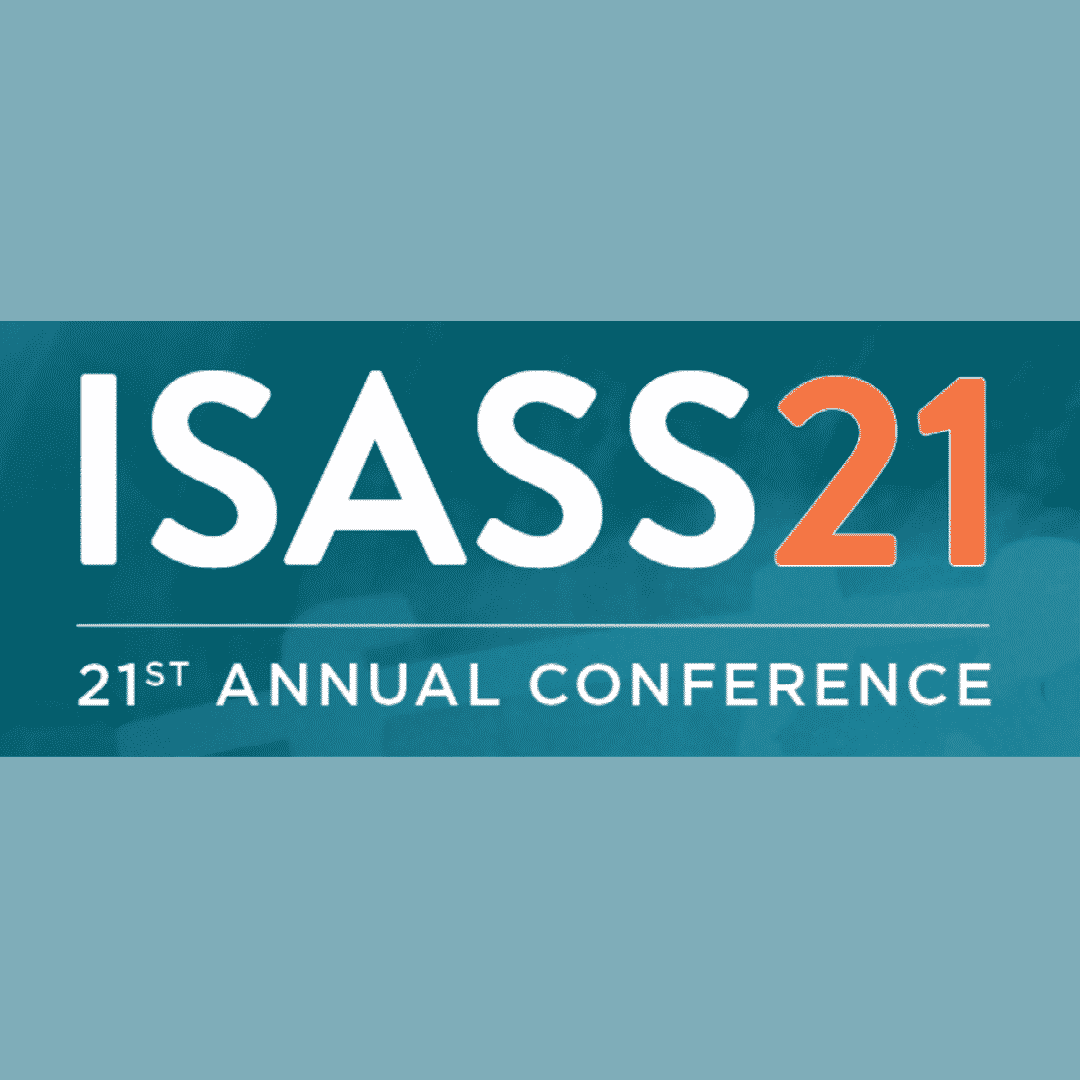
VSI Research Wins “Best Poster” at ISASS Conference: Adoption of Enhanced Recovery After Surgery (ERAS) Protocol
Virginia Spine Institute is awarded “Best Poster” at the International Society for the Advancement of Spine Surgery (ISASS) annual conference on May 14, 2021. This ground-breaking research is recognized on an international platform to help provide patients with objective evidence when considering spine surgery. The data and analysis of this important research will help to advance the recovery protocols for patients undergoing spine surgery. This research study, in particular, was focused on the topic of Enhanced Recovery After Surgery (ERAS). This evidence-based multidisciplinary perioperative protocol integrates preoperative optimization, patient engagement, and multimodal pain management to reduce opioid consumption and improve postoperative outcomes. ERAS has been adapted and implemented across multiple general surgical subspecialties with significant improvement in postoperative outcomes.
Aims/Objectives
To determine the impact of ERAS implementation on in-hospital and 90-day postoperative opioid consumption, length of stay, urinary catheter removal, and post-operative ambulation after lumbar fusion for degenerative conditions.
To determine the impact of ERAS implementation on in-hospital and 90-day postoperative opioid consumption, length of stay, urinary catheter removal, and post-operative ambulation after lumbar fusion for degenerative conditions.
Methods
This single-center, multi-surgeon prospective observational cohort study evaluated patients undergoing lumbar fusion surgery in the transition period prior to (N=174) and after (N=116) adoption of ERAS, comparing in-hospital and 90-day post-op opioid consumption in Morphine Milligram Equivalents (MME). Regression analysis was used to control for confounders. Secondary analysis was performed to evaluate the association between ERAS and length of stay, urinary catheter removal, and ambulation after surgery.
This single-center, multi-surgeon prospective observational cohort study evaluated patients undergoing lumbar fusion surgery in the transition period prior to (N=174) and after (N=116) adoption of ERAS, comparing in-hospital and 90-day post-op opioid consumption in Morphine Milligram Equivalents (MME). Regression analysis was used to control for confounders. Secondary analysis was performed to evaluate the association between ERAS and length of stay, urinary catheter removal, and ambulation after surgery.
Results
The mean age of the cohort was 52.6 years with 62 (47%) females. Demographic characteristics were similar between the Pre-ERAS and ERAS groups. ERAS patients had better 3-month pain scores, ambulated earlier, had urinary catheters removed earlier, and decreased in-hospital opioid consumption compared to Pre-ERAS patients. There was no difference in 90-day opioid consumption between the two groups. Regression analysis showed that ERAS was strongly associated with in-hospital opioid consumption, accounting for 30% of the variability in MME. In-hospital opioid consumption was also associated with pre-operative pain scores, the number of surgical levels, and insurance type (private vs government). Pre-op pain scores, but not ERAS were associated with 90-day opioid consumption. Secondary analysis showed that ERAS was associated with a shorter length of stay and earlier ambulation.
The mean age of the cohort was 52.6 years with 62 (47%) females. Demographic characteristics were similar between the Pre-ERAS and ERAS groups. ERAS patients had better 3-month pain scores, ambulated earlier, had urinary catheters removed earlier, and decreased in-hospital opioid consumption compared to Pre-ERAS patients. There was no difference in 90-day opioid consumption between the two groups. Regression analysis showed that ERAS was strongly associated with in-hospital opioid consumption, accounting for 30% of the variability in MME. In-hospital opioid consumption was also associated with pre-operative pain scores, the number of surgical levels, and insurance type (private vs government). Pre-op pain scores, but not ERAS were associated with 90-day opioid consumption. Secondary analysis showed that ERAS was associated with a shorter length of stay and earlier ambulation.
Conclusion
This study showed ERAS has the potential to improved recovery after lumbar fusion for degenerative conditions with reduced in-hospital opioid consumption and improved postoperative pain scores.
This study showed ERAS has the potential to improved recovery after lumbar fusion for degenerative conditions with reduced in-hospital opioid consumption and improved postoperative pain scores.
Co-Author: Ehsan Jazini, MD, Spine Surgeon – VSI
Presenting Author: Alexandra E. Thomson, MD, MPH, Research Fellow – VSI
Co-Author(s):
- Andre Sabet, MS, Research Intern – VSI
-
Leah Carreon, MD, MSc, Clinical Research Director – Norton Leatherman Spine Center
-
Rita Roy, MD, CEO – The National Spine Health Foundation
Topics covered
About the Author
Featured Resources
Insights to Achieve a Pain-Free Life





